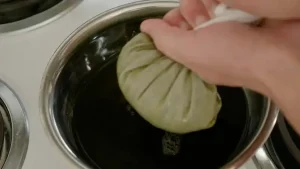My go-to drying method employs a dehydrator. Sun drying has occasionally led to a slightly deteriorated end product. In contrast, a dehydrator delivers consistent and vibrant results, retaining the plant’s original hue.
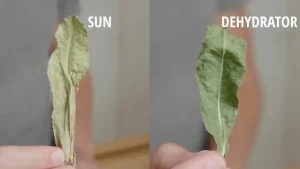
A dehydrator isn’t just beneficial for wild lettuce but a myriad of foraging endeavors. It’s a tool that any forager would find indispensable.
Starting with Desiccated Plants
Post-drying, I pulverize the wild lettuce leaves in a blender.
Measure the resulting crushed wild lettuce. Based on this weight, I add 4-5 times the alcohol quantity and let it steep for a span ranging from a few hours to multiple days.
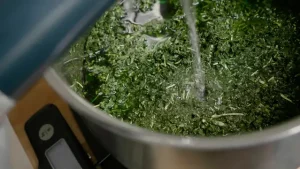
Sometimes, I introduce mild heat (maintained below 180°F and capped) during this alcohol-infused extraction phase. Although I haven’t definitively gauged its impact on the final extract’s potency, I’ve observed a “gummy” layer form on its surface post-heating, hinting at a more efficient extraction.
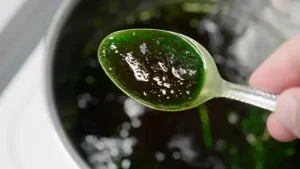
Water Extraction with Heat
Following the alcohol-based extraction, water is added, doubling the volume or more. This mixture is then gently heated, hovering around 180°F, with occasional stirring for a few hours, ensuring the lid is kept closed.
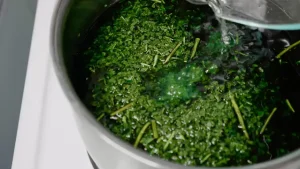
The subsequent step involves separating the liquid from the plant residue. A cloth filter effectively squeezes out the liquid. Occasionally, I deploy a potato ricer for added efficiency.
